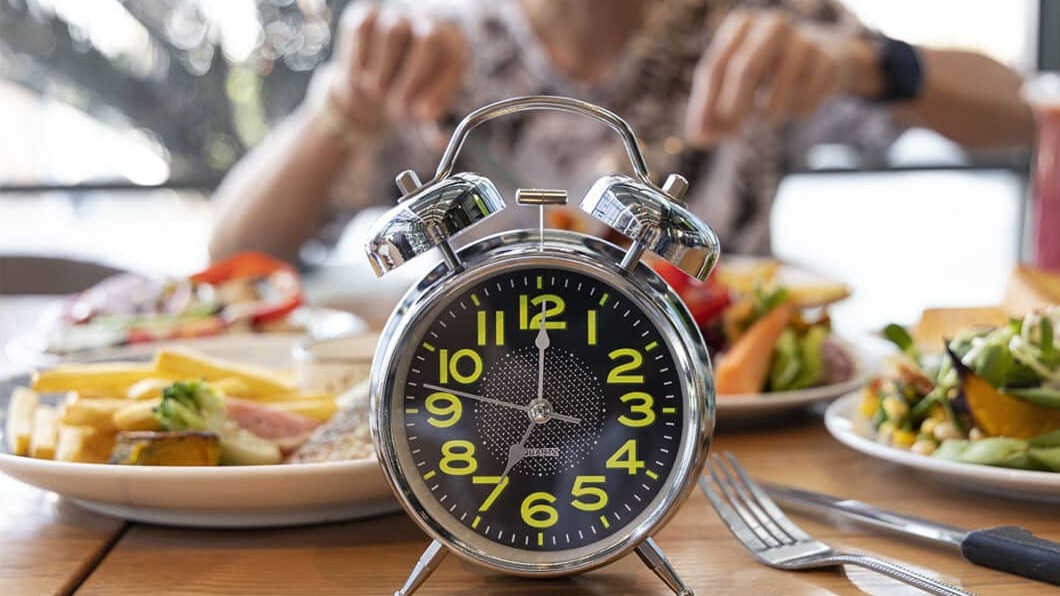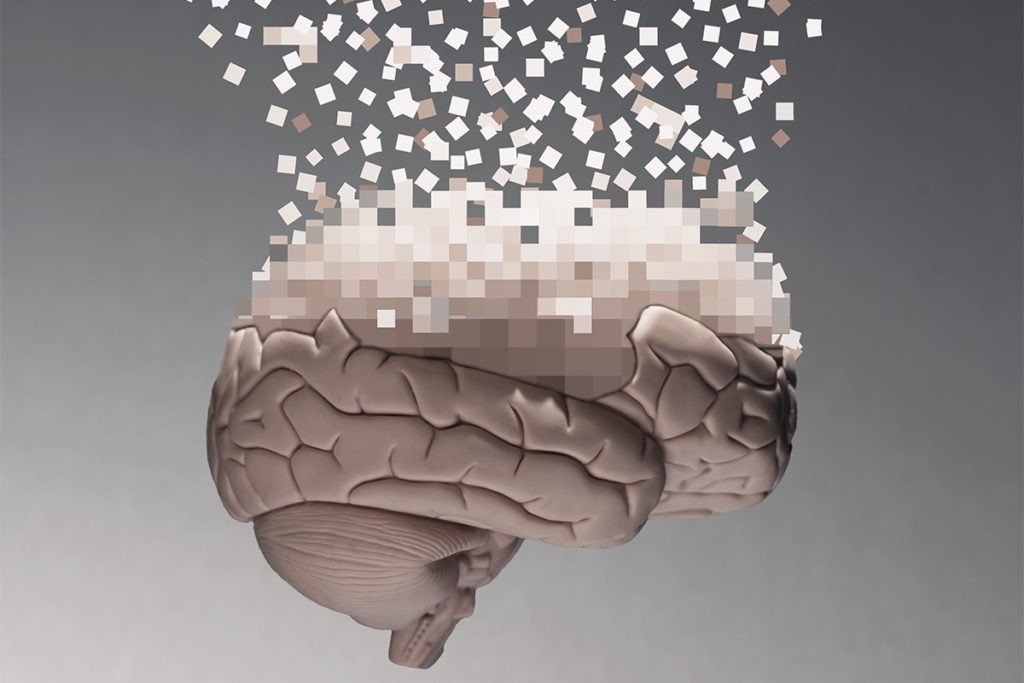Lower-Body Progressions on the Reformer
Help clients strengthen, define and refine their lower bodies.
Many Pilates clients want to develop lower-body strength and definition, and the reformer is a perfect piece of equipment to help them meet this goal. Strong hamstrings, gluteals, quadriceps, adductors and abductors provide power for athletic moves and functional activities. Reformer work also enhances range of motion and flexibility in the hips and pelvis, important for sustaining lower-body strength. Balanced development of strength, stability and range of motion is critical for everyday movements such as sitting, standing and walking, not to mention running and more sport-specific moves.
The lower body consists of the hips, pelvis, legs and feet. Within that grouping, the hips and pelvis are the most complex. Exercises covered here target the entire lower body, working these muscles in a cohesive way to produce efficient movement. Alignment, stabilization and integrated strength are the goals with these moves, which build strength, stabilization and a sculpted, lean look.
Exercise 1: Standing Leg Extension
This exercise improves quadriceps strength, overall balance and posture.
Springs. One yellow and one red.
Foot bar. Position one, low to high (depending on leg length).
Start Position
- Stand at end of reformer facing foot bar.
- Lift one leg and place it over foot bar with ball of foot on edge of reformer bed.
- Place hands on hips or out to sides of shoulders.
Movement Sequence
- Exhale: Straighten leg and push with ball of foot to press out carriage.
- Inhale: Bend knee, slowly allowing carriage to return to start position.
- Repeat 6–10 times; switch sides.
Variations
- Change foot placement. Standing variations include externally turned out from hip and with heel slightly elevated throughout movement.
- Vary arm positions. Start with elbows bent, hands in front of chest, and press arms forward, upward or downward as leg presses out carriage.
- Do single-leg squat as carriage leg straightens.
Observe client’s ability to straighten carriage leg without changing position of low back. Check for proper torso alignment.
Exercise 2: Seated Leg Flexion
This exercise improves hamstring strength and encourages upright posture and alignment.
Springs. One yellow and one blue.
Foot bar: Not needed.
Start Position
- From position four on Allegro 2 reformer (shown), place short box behind carriage on rails (by pulleys).
- Sit on foot bar or short box with upright posture.
- Place each foot on carriage, heels on shoulder rests.
- Place hands by hips or in front of chest, or hold sides.
Movement Sequence
- Inhale: Prepare and engage abdominals to sit up taller and lighter on sit bones.
- Exhale: Bend knees deeper and pull carriage toward pulleys with hamstrings.
- Repeat 10 times.
Variations
Change positions of arms and/or feet on carriage. Feet can be in parallel, turned out or turned in. Depending on start position, arms can move in unison with carriage: for example, from bent to straight, to the side, overhead, in front of chest, etc.
Look for changes in low-back placement as legs move, and cue client to keep good torso alignment.
Exercise 3: Quadruped Leg Press
This exercise strengthens gluteals and hamstrings and creates stability and strength in upper body while working lower body.
Springs. One yellow, one red and one blue.
Foot bar. High.
Accessory. Small inflatable ball (13-inch maximum).
Start Position
- Kneel facing pulleys, both knees midway on carriage, hands on shoulder rests.
- Lift one leg and place foot on foot bar, toes facing downward.
- Place ball behind thigh or knee of leg on carriage. Bend knee and hold ball toward back of thigh.
Movement Sequence
- Inhale: Prepare and pull in abdominals to support torso and low back.
- Exhale: Straighten leg on foot bar and move carriage toward pulleys.
Variations
- Keep knee down.
- Lift knee.
- Rotate hips.
- Do knee circles.
- Repeat 8–10 times per leg.
Look for scapular stability and strength with rear-leg strength and power. Cue abdominal/core strength and make sure hamstrings and gluteals are firing.
Photo credit: Nora St. John. Model: Lizbeth Garcia.
Portia Page
Portia Page is a faculty member of Balanced Body® as well as the Education Project Manager and a STOTT PILATES®-certified instructor. She has been in the fitness industry for over 20 years and has served as a teacher, competitor, program director, instructor trainer and international presenter. A gold-certified Pilates teacher through Pilates Method Alliance®, Portia has been a master instructor for 24-Hour Fitness® and has helped develop and cultivate several new programs for their instructors as well as conducted trainings throughout the United States and abroad. Certifications: ACE and AFAA











